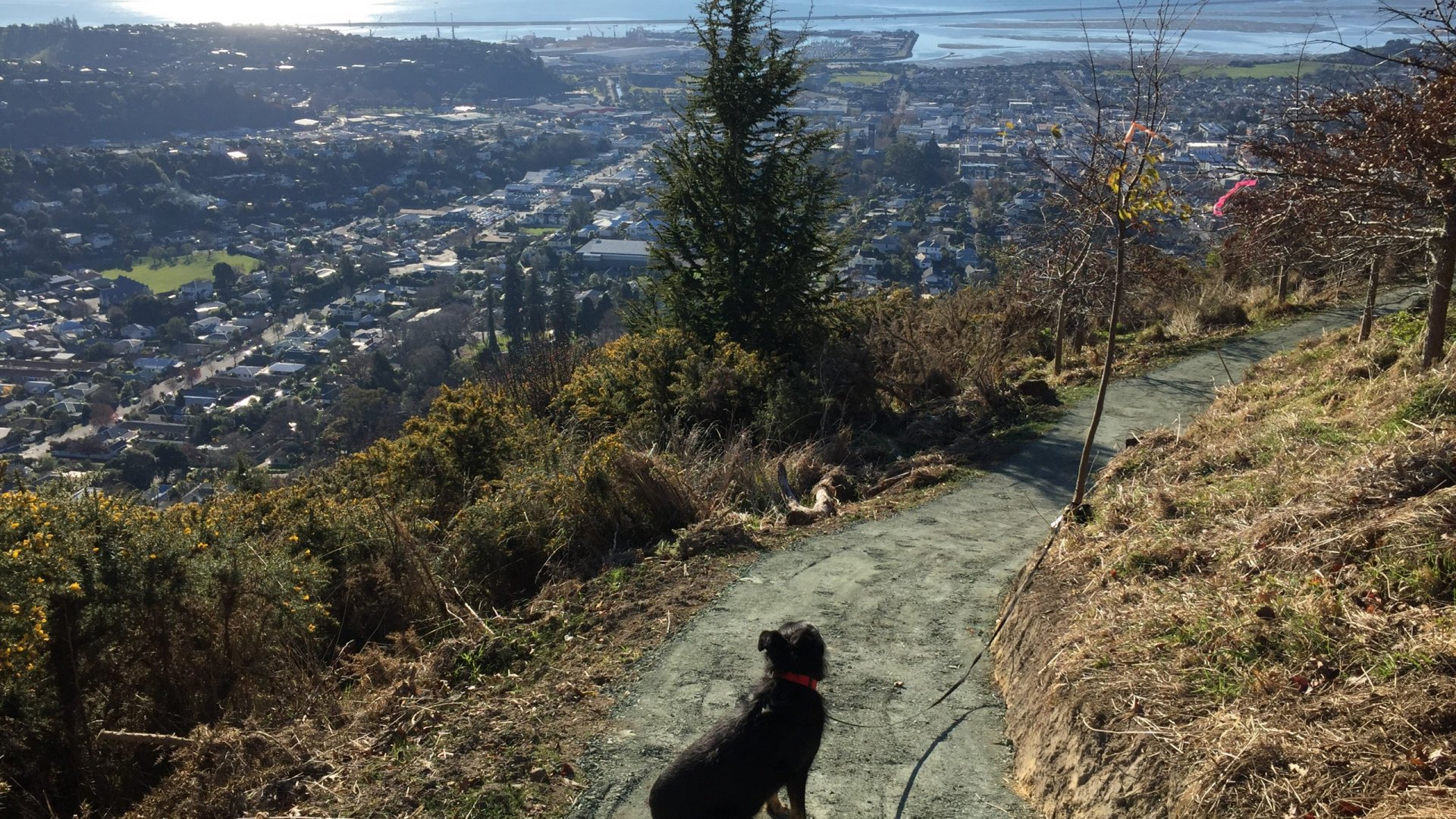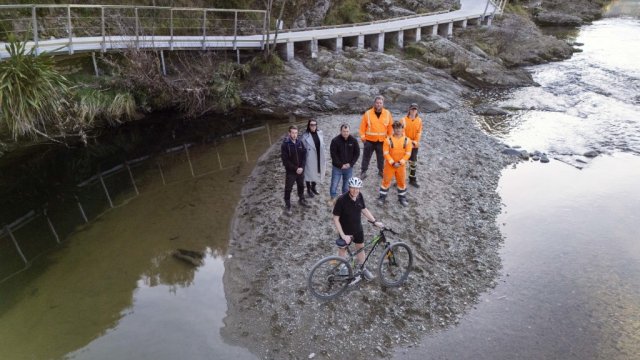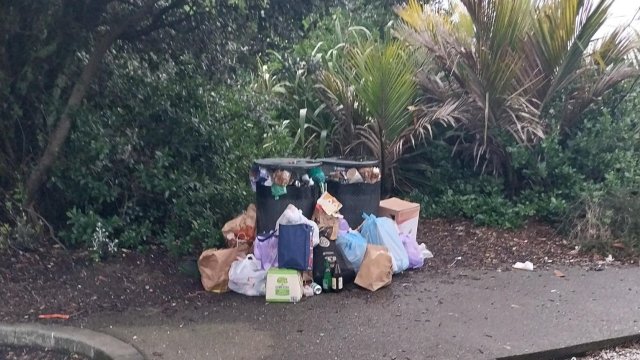Long, hot, summer means fire risk an issue for Nelson
22/12/2023 1:23pm
NIWA is forecasting a long, hot, dry summer, with heightened risk of drought and fire danger.
While Fire and Emergency New Zealand (FENZ) takes the lead on preparedness and community engagement during fire season, Nelson City Council is always looking at ways to reduce the fire risk on Council land.
Group Manager Community Services Andrew White says Council’s parks team works closely with FENZ and meet with them weekly during fire season to assess the fire risk and if any action needs to be taken.
“Throughout the fire season, we will be sharing local information about the fire risk on our Shape Nelson webpage Nelson Region Fire Risk. We have produced maps of our reserves that show exit points and clear zones where vegetation is low, and visibility is good if rescue is required, and we encourage people to familiarise themselves with these areas before setting out.
“As the risk of a fire rises, we will be putting signs at the entrances of our main reserves giving clear advice about how to minimise risk should people choose to enter, including avoiding the afternoon hours when risk is highest, and carrying a charged cell phone. The signs also display a QR code that links to our reserve maps.

Stay Safe During Fire Season signs will be put up at our main reserves as the fire risk rises. If a reserve is closed, clear "reserve closed" signs will be installed.
“There are also steps people can take at home to help protect their property, and the community, by reducing the amount of fuel for fires and being prepared in the event of a fire, particularly those who live rurally or close to a reserve or forest.”
Council will be updating the fire risk on its Shape Nelson page weekly on a Friday, and any urgent changes will be signalled on Council’s Facebook page and Antenno. Any decision around reserve closures will be made by Council with advice from FENZ, and "reserve closed" signage will be installed. During the fire season we closely monitor the Build Up Index (BUI), which is an indicator of the difficulty in suppressing a fire that has started.
“Closing the reserves is a last resort, but when the risk of fire is high, closing the reserves means we can ensure the safety of those who might otherwise be out in Nelson’s hill country when a fire starts, and reduces the risk of a fire starting due to human error. According to FENZ statistics, 98% of wildfires in New Zealand are started by people,” White says.
“I encourage anyone planning to enter our reserves during fire season to check the fire risk level before they set out, and employ some common sense, like ensuring they are not using the reserves during the hottest parts of the day. If restrictions do come into place, please adhere to them, they’re there to protect our community.”
Council uses a variety of strategies to keep the fire risk in our reserves as low as possible. This includes clearing dry vegetation along reserve boundaries and grazing sheep, along with regular maintenance of strategically placed fire breaks to reduce the impact of a fire if it does break out.
Other measures include increasing our pest plant control, including our management of wilding pines, and we have a programme to keep our reserve tracks clear of grass, weeds and plants so they can act as mini firebreaks throughout our reserves. In the longer term, we plan to gradually transition to low fire risk native and exotic forests. Council officers regularly meet with PF Olsen and Tasman Pine Forest LTD to work together to manage the risk in the forestry areas on or near Council reserves.
Key actions to reduce your fire risk at home
- Keep grass and vegetation short, particularly around your home and buildings like sheds and garages.
Dry grass can help fires spread very quickly. Clear away anything that could be fuel for a fire, including long grass, branches, twigs and needles within 10 metres of your home. If water restrictions allow, it’s ideal to keep grass watered and green too.
- Move firewood and other flammable material well away from your home.
While it might be convenient during winter to have firewood stacked nearby, now is the time to make sure it’s at least 10 metres away from the house. Move anything else that could catch fire, like building materials or dry garden waste from against or under your home.
- Keep gutters, roof and decks clear of leaves and twigs
Embers from fires are carried to homes by wind. Clearing out leaves, twigs and other dry debris from your gutter helps reduces the risk of a spark or ember igniting and spreading the fire.
- Make sure Fire and Emergency NZ (FENZ) can find and access your property.
If you live in a rural area, make sure your property is clearly signposted with your Rural Addresses Property Identification (RAPID) number. Keep entrances and accessways clear – emergency vehicles need at least 4 metres wide and 4 metres high clearance.
- Have a plan of action if there is a fire on or near your property
In the event of a vegetation or wildfire near you, know how to contact emergency services. Make sure you and your family have worked out a couple of different escape routes. Keep a portable radio handy and portable power banks to recharge your phone. Have a grab bag with essential items and important documents packed and ready to go. Make sure your vehicle has enough fuel and is easily accessible. Check on your neighbours and have a plan for your pets and livestock.




